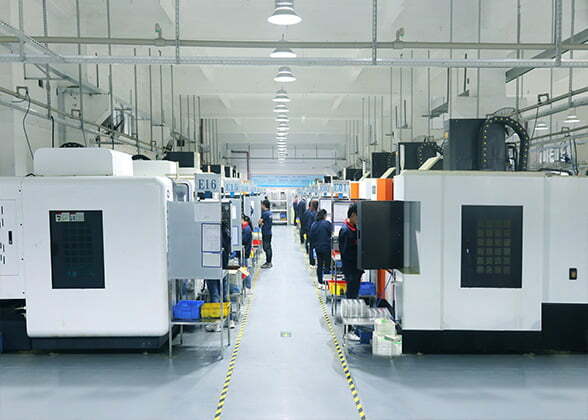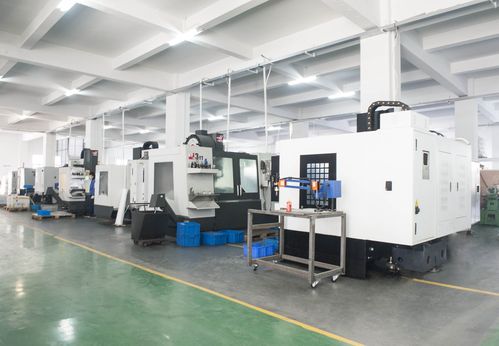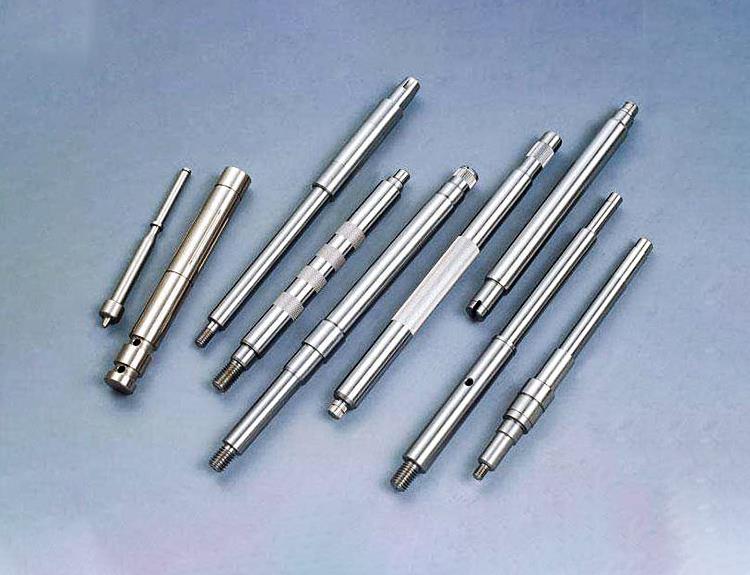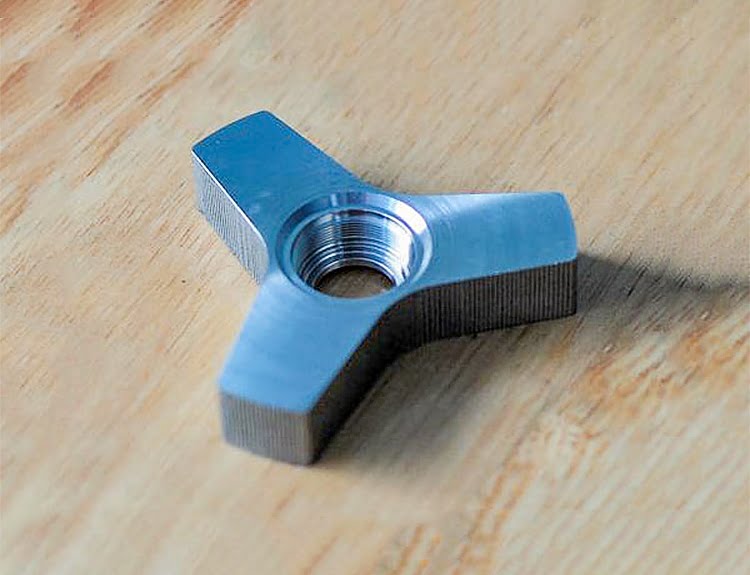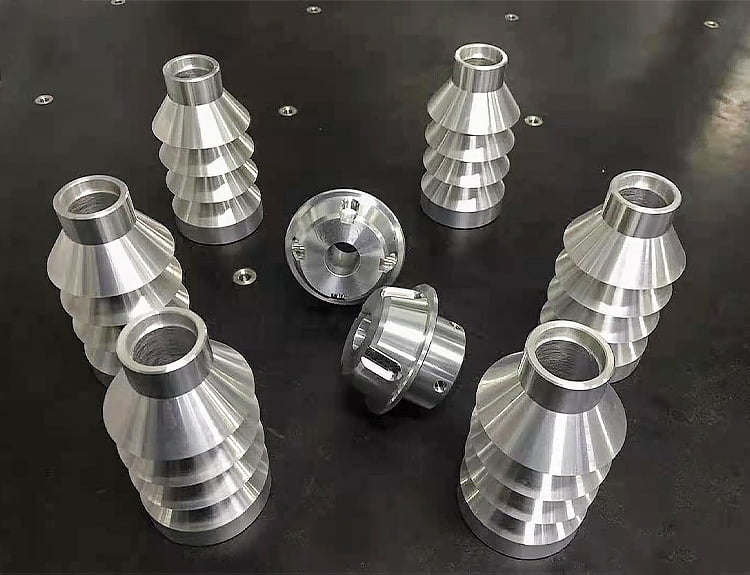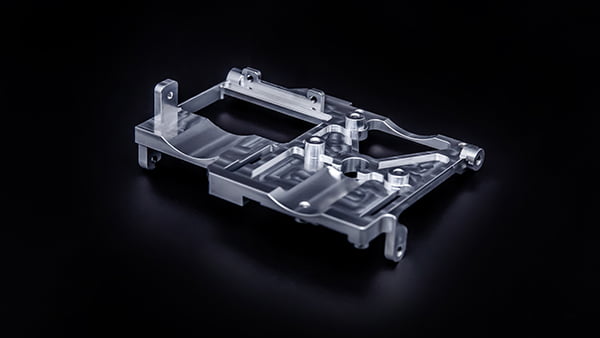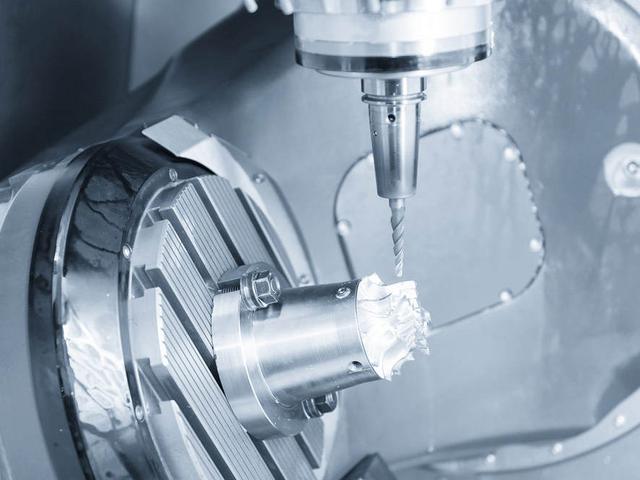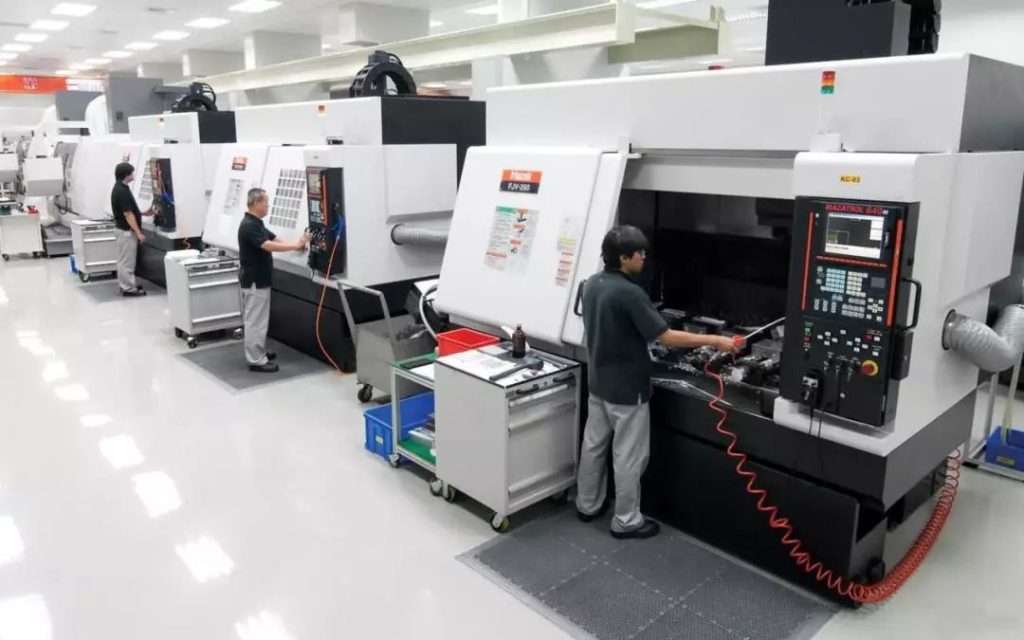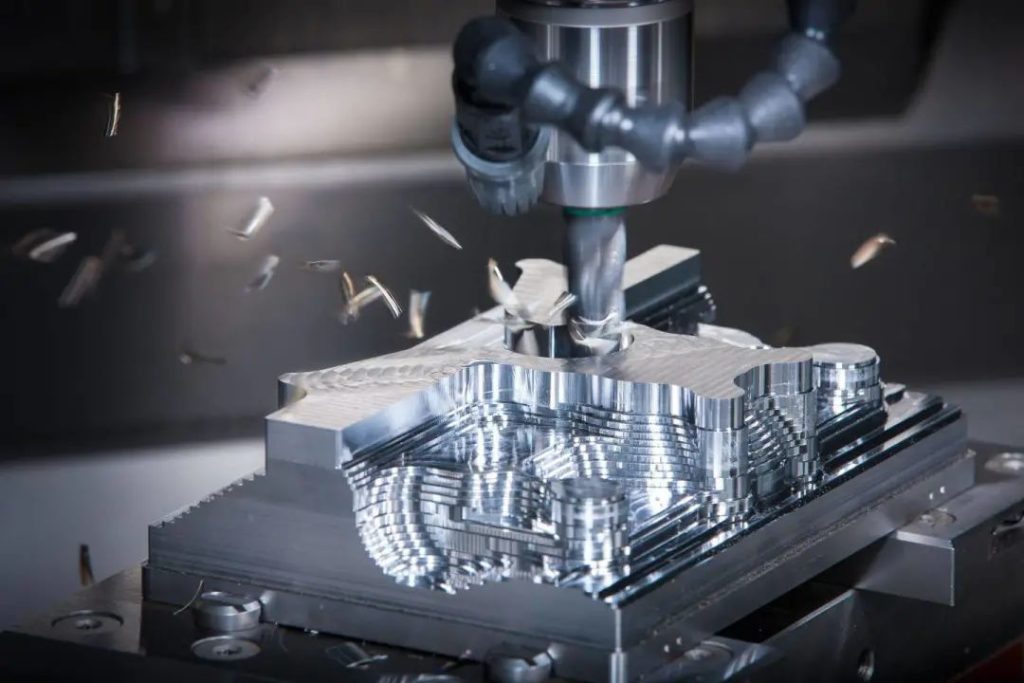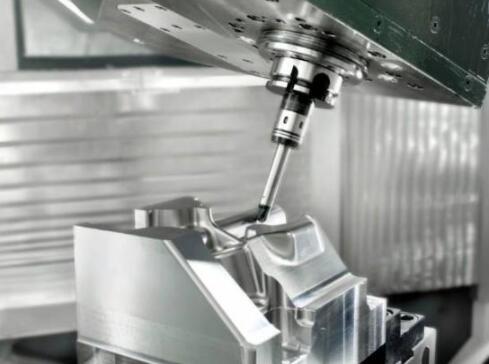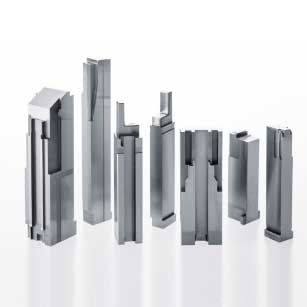Turning production of metal materials is to drill the rough blanks of metal materials step by step with milling cutters; A production method that enables a product to obtain the desired appearance, specification, and roughness.
Metal material turning production and processing includes milling workers and mechanical processing and manufacturing - milling workers are the production methods that workers use hand-made special tools to cut. Their practical operation is sensitive and convenient, and they are widely used in installation and maintenance.
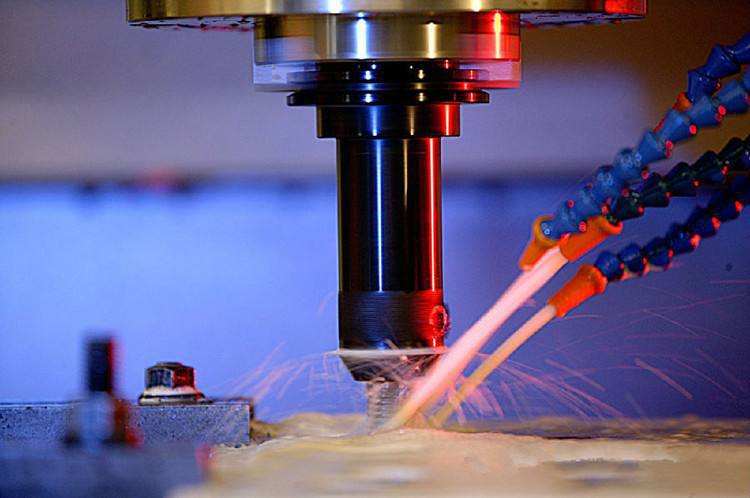
Machining and manufacturing is realized by means of CNC lathes, including turning, planing, milling, drilling and grinding.
1) Milling: milling is the whole technical process of cutting tools to produce and process products on the lathe. CNC lathe is suitable for drilling various rotating surfaces, such as inner and outer cylinders or conical surfaces, and also milling inner holes. Many axle parts of the vehicle and the rough surface of its transmission gear are produced and processed on the lathe.
2) Drilling: drilling is the whole technical process of producing and processing products with drill blades. The drilling machine is suitable for producing and processing plane, vertical plane, slope and pipe trench. The cylinder liner and cylinder head on the vehicle, the matching plan of the gearbox shell and cover are all produced and processed by drilling machines.
3) Cutting: cutting is the whole process of putting a turning tool on a CNC lathe to produce and process products. CNC lathes can produce slopes, pipe trenches, and even old cutting such as gears and bevels. They are widely used to produce various automobile parts. The dies of the cold stamping die for the vehicle body are all produced by cutting. The CNC machine controlled by the electronic computer can produce complicated products and workpieces. It is the key CNC lathe for intelligent machining and manufacturing.
4) Milling and boring: milling and boring are the key drilling methods for producing machined holes.
5) Cutting: cutting is the whole process of putting grinding wheel on the CNC grinding machine to produce and process products. Cutting is a deep processing method, which can obtain high-precision and surface roughness products and workpieces, and can cut products and workpieces with high strength. Some auto parts after quenching and tempering are processed in depth with CNC grinding machines.
About heat treatment
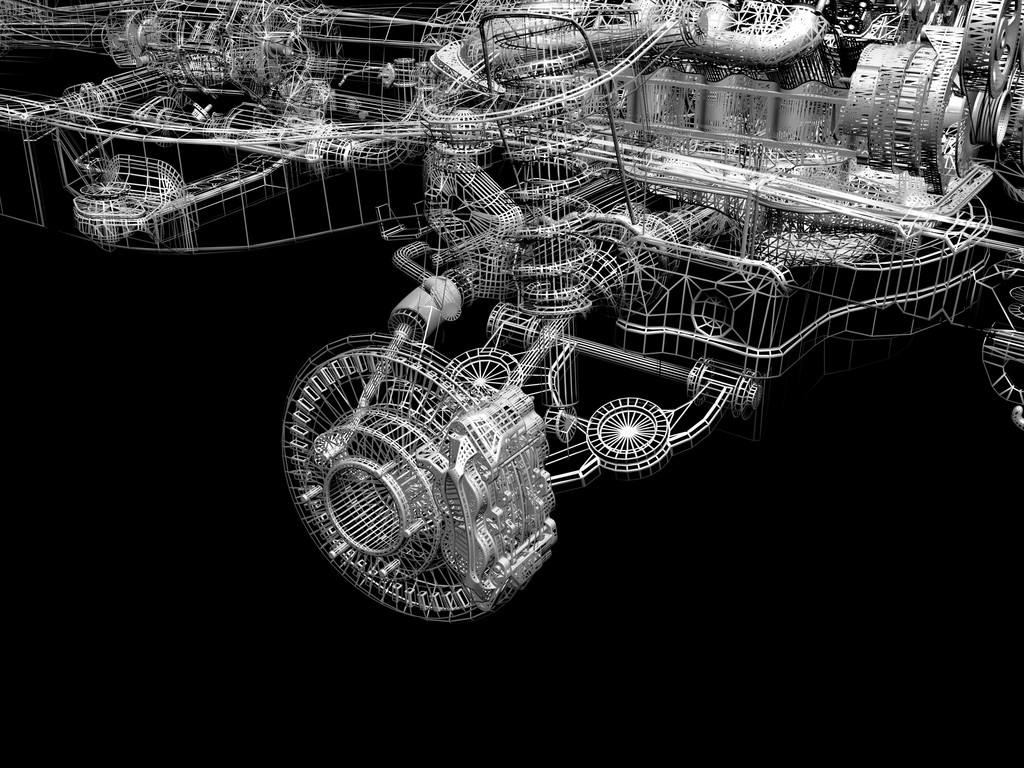
Heat treatment process is a method of reheating, heat insulation or cooling solid steel to change its organizational structure so as to meet the application standards or technical standards of parts.
The temperature of the heating environment, the length of the heat insulation time, and the speed of the cooling efficiency can lead to differential structural transformation of steel.
A blacksmith's shop infiltrates heated cast iron into water for rapid cooling, which can improve the strength of aluminum parts. This is also a case of heat treatment process.
Heat treatment methods include quenching, quenching, heat treatment and quenching. Quenching is to heat and insulate the cast iron for a certain period of time, and then connect the furnace to slow down the cooling, so as to obtain a thin and symmetrical mechanism, reduce the strength, and facilitate turning production and processing.
Quenching is to heat the cast iron, remove it from the furnace after heat insulation, and then cool it in the air. It is suitable for optimizing the solution of high carbon steel.
Heat treatment is to heat the cast iron, and then rapidly cool it in water or oil to improve its hardness.
Quenching is generally the later process of heat treatment. The cast iron after heat treatment is heated again and cooled after heat insulation, so that the mechanism is stable and ductility is removed.
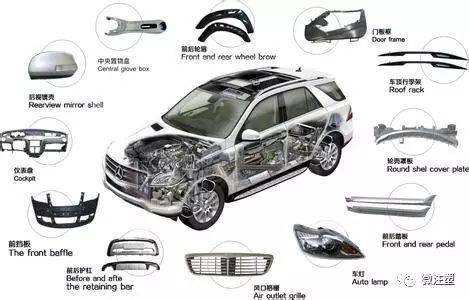
For many automobile parts, in order to preserve the ductility of the core and change the mechanism of the surface layer to improve the hardness, induction hardening, nitriding, cyaniding and other heat treatment methods of the surface layer must be selected.
Assembly of precision automobile parts
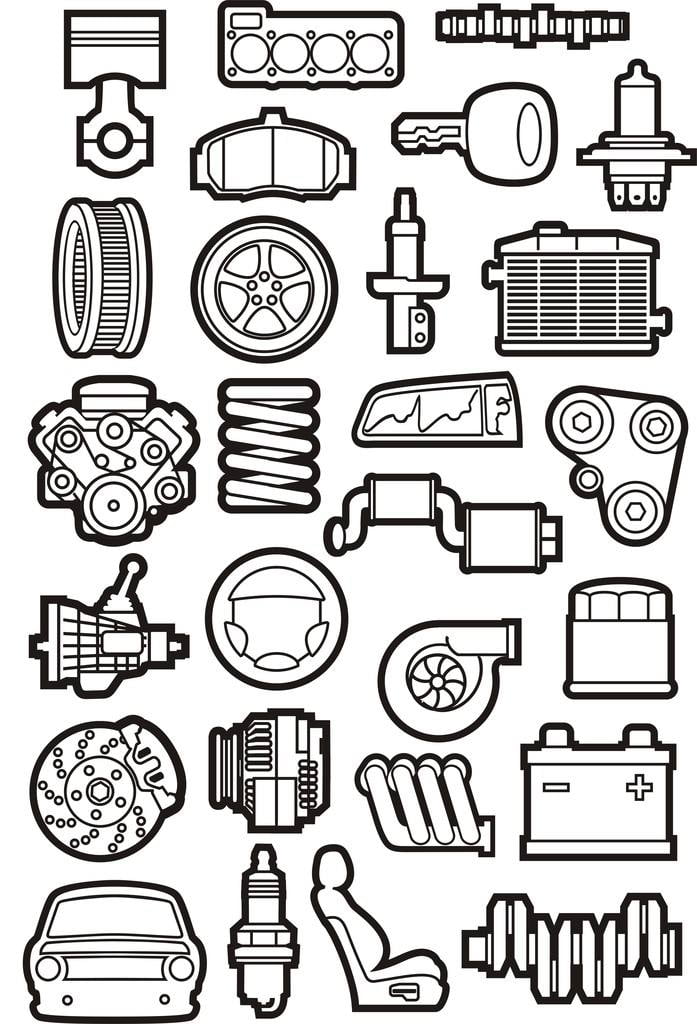
Installation is to connect various parts to each other and form components with connecting parts according to certain regulations, and then connect various components to each other and form the whole vehicle.
Whether the parts are composed of components or the components are composed of the whole vehicle, they need to meet the requirements of the design drawings to cooperate with each other so that the components or the whole vehicle can achieve the set characteristics.
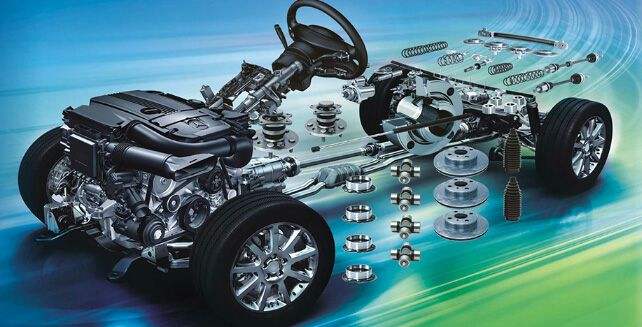
For example, when installing the transmission on the clutch housing, make sure that the axis of the key shaft of the transmission points to the axis of the crankshaft. This kind of core alignment method is not adjusted by the installation workers (milling workers) during assembly, but is only ensured by the design scheme and production and manufacturing.
If you visit an automobile enterprise, the most attractive thing is the vehicle assembly line.
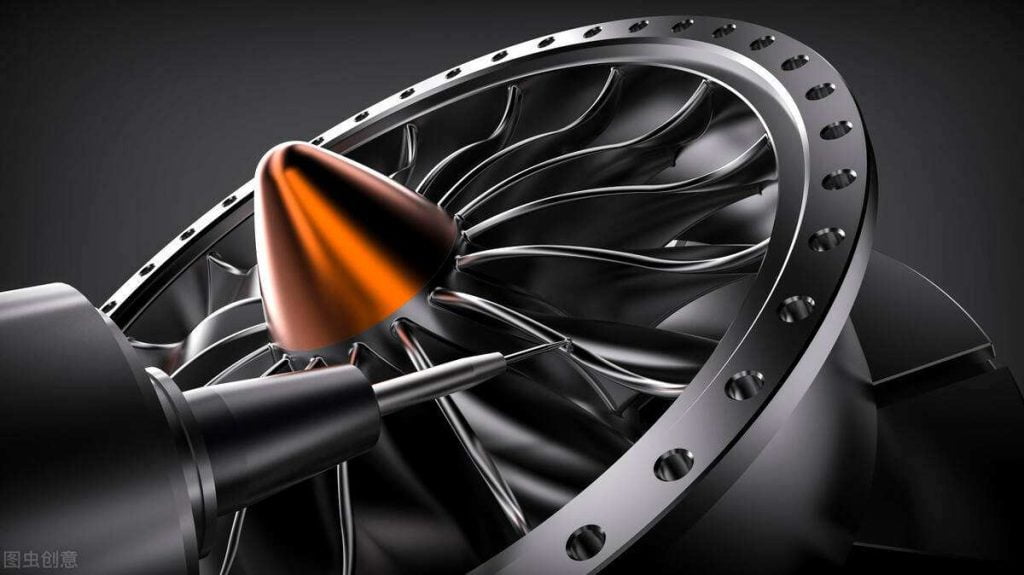
On this general assembly line here, a car drives off every few minutes. Take the Jiefang Truck assembly line of FAW in China as an example. This assembly line is a 165m long transmission chain. The vehicle moves to each process along with the transmission chain and is gradually assembled. There are also transport catenaries around to transfer the engine assembly, the cab assembly, the wheel assembly and other sources from each production workshop to the corresponding processes on the assembly line.
Put the window frame on the initial part of the transmission chain first, and then assemble the rear axle assembly and the front axle assembly. It includes installing the automobile leaf spring, steering rod and wheel rim on the window frame, and then turning the window frame over to facilitate the installation of the steering system, air storage and exhaust pipes, brake system pipes, automobile fuel tank and oil delivery pipes, cables and their wheels, etc., finally installing the engine assembly, connecting the rotating shaft, and then installing the automobile cab and rear panel products. At this point, the vehicle can drive off the assembly line.

